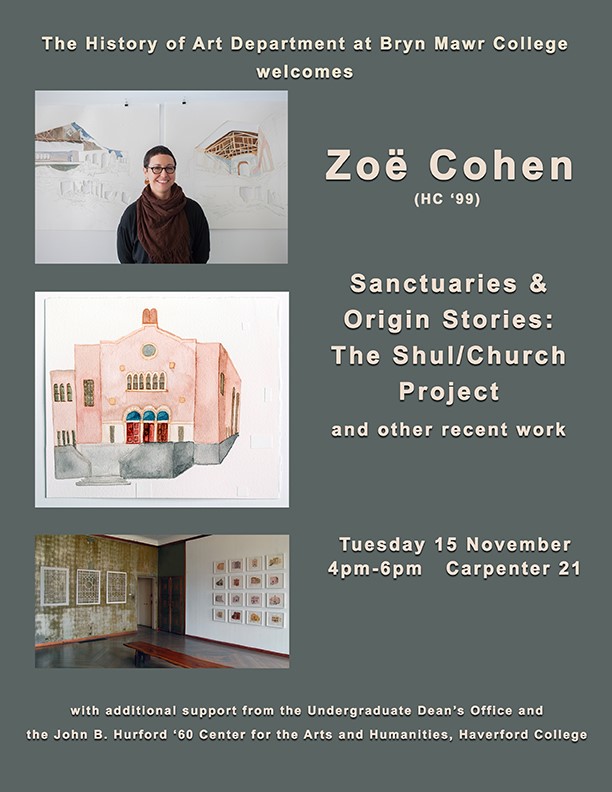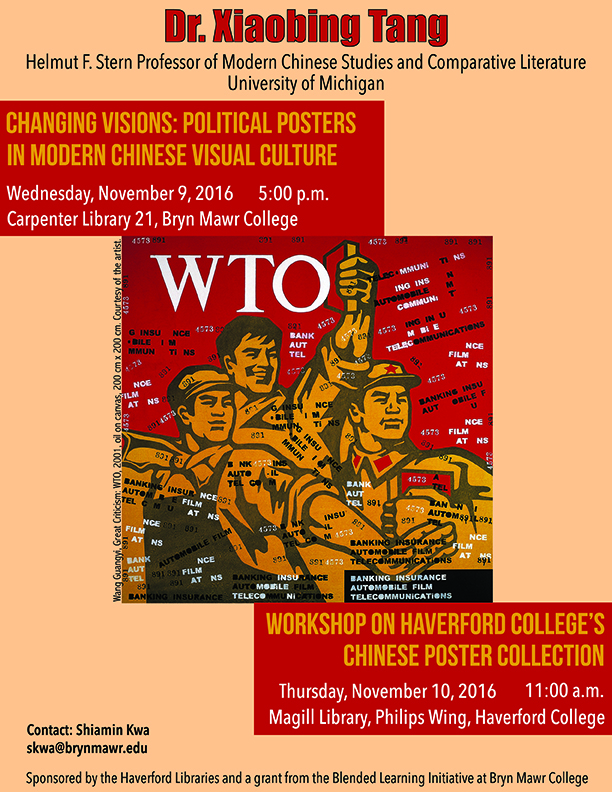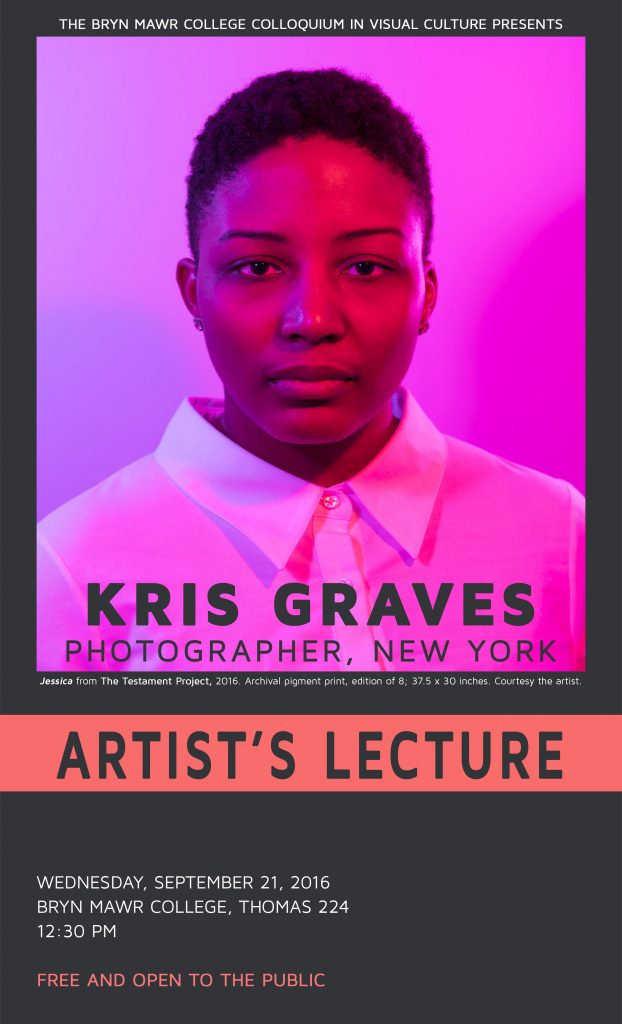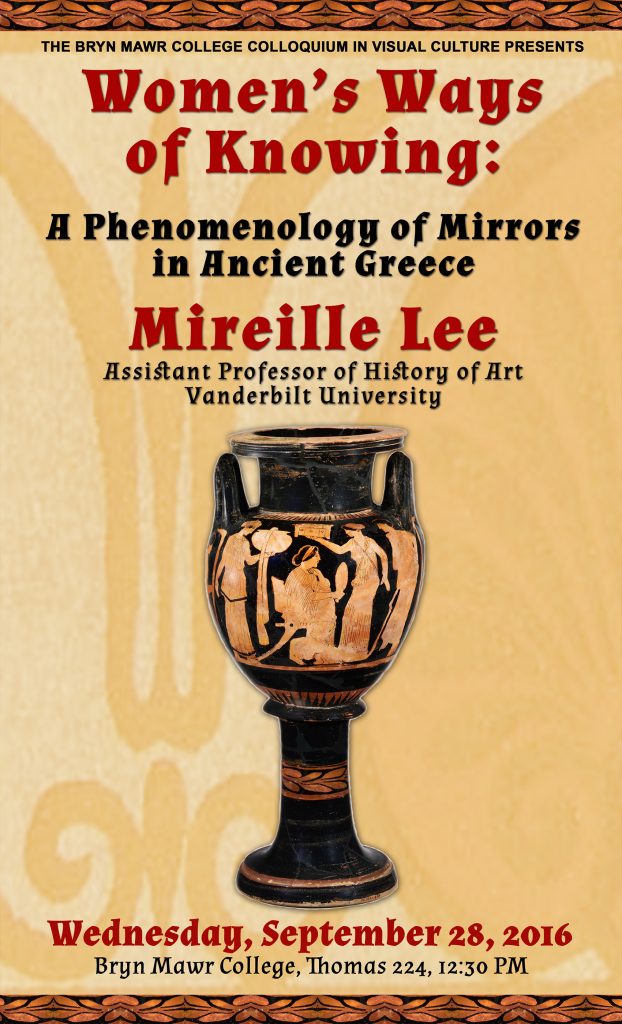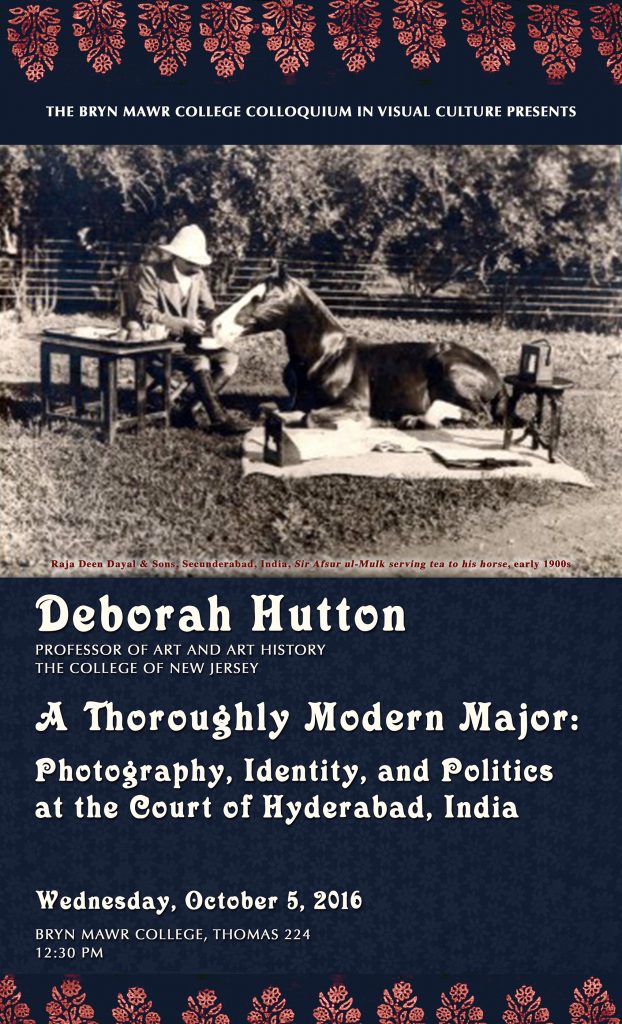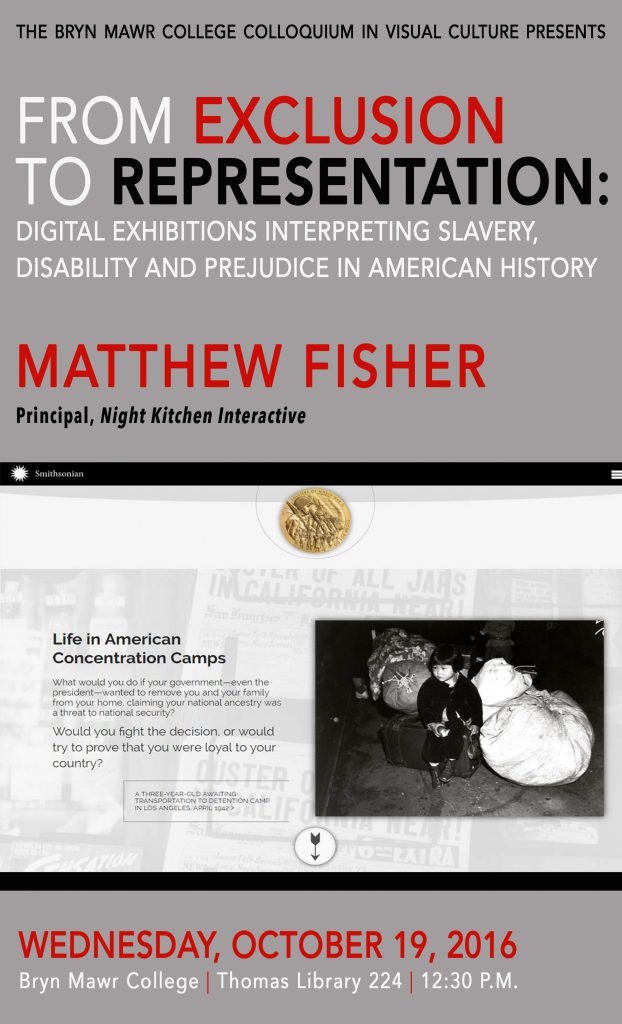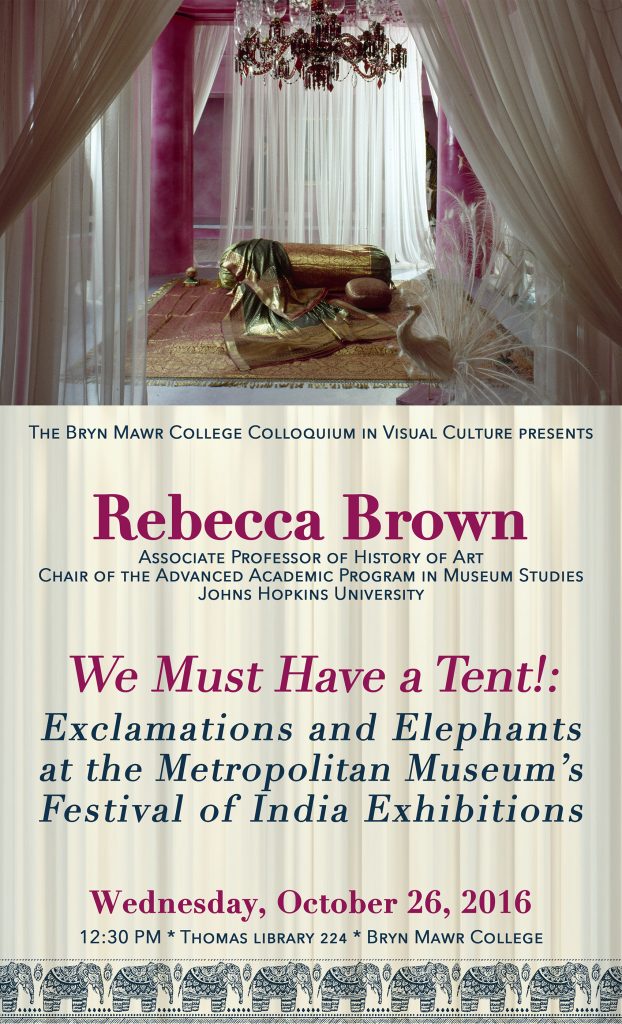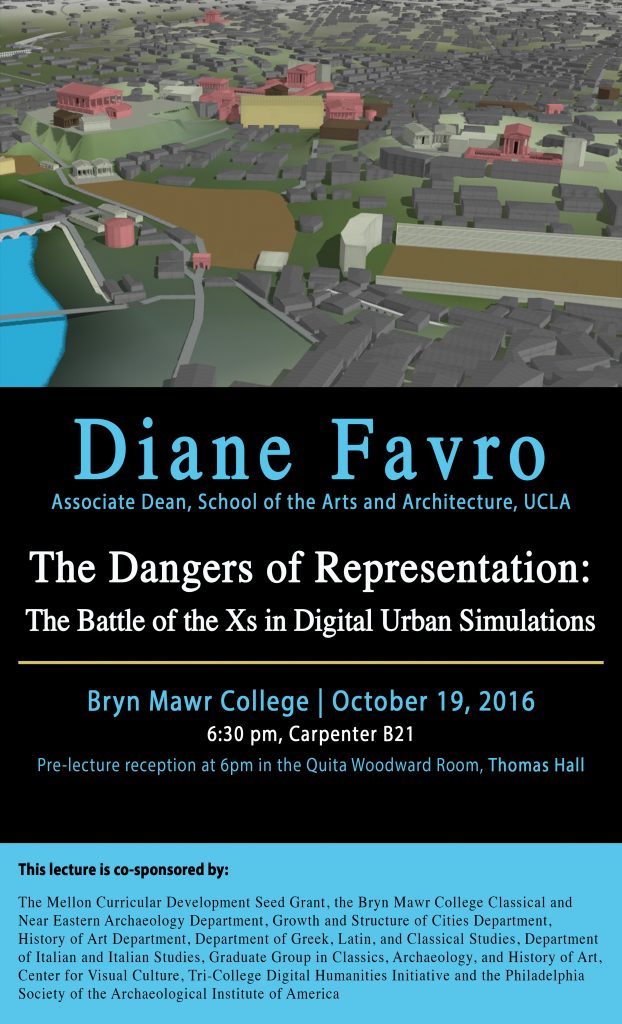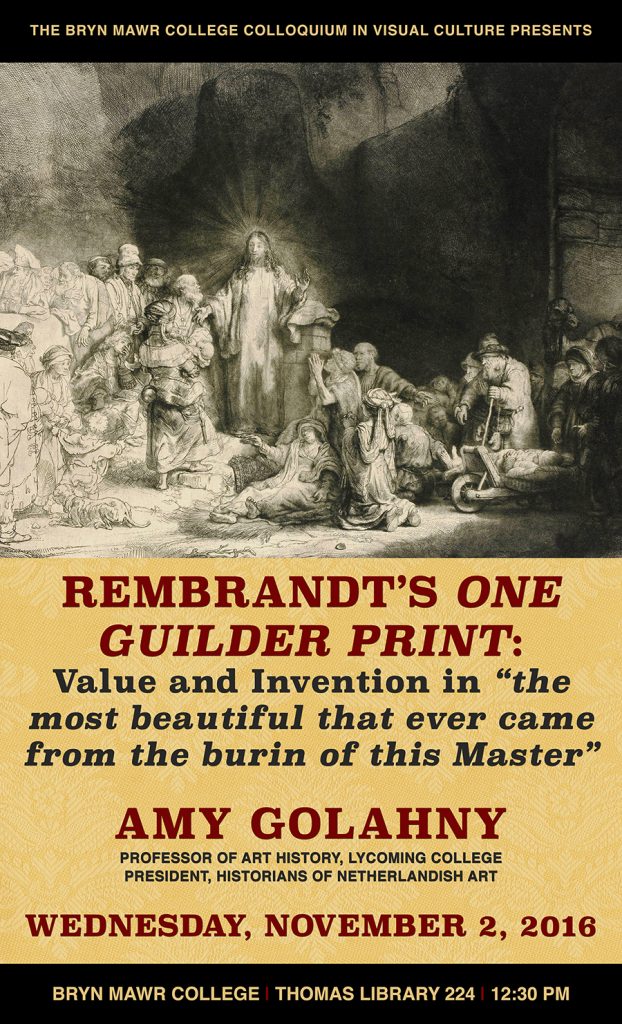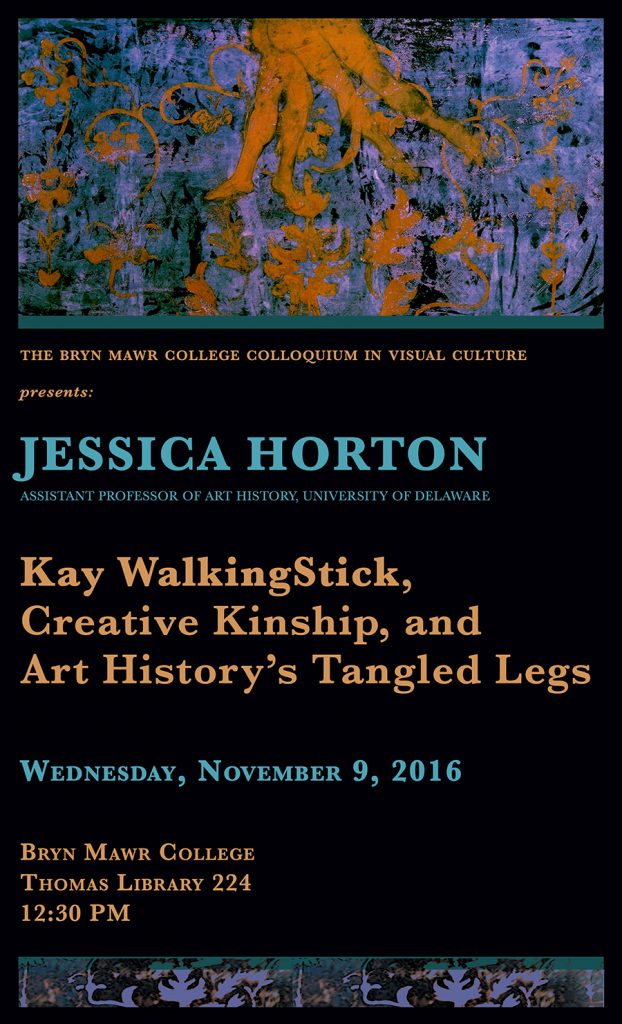The Bryn Mawr College Department of History of Art presents:
Zoë Cohen (HC ’99)
“Sanctuaries & Origin Stories: The Schul/Church Project and Other Recent Work”
Tuesday, November 15, 2016
Carpenter Library 21
4-6 PM
With additional support from the Bryn Mawr College Undergraduate Dean’s Office and the Haverford College John B. Hurford ’60 Center for the Arts and Humanities
Zoë Cohen is a visual artist who works in a wide range of materials and modalities, creating works on paper, sculptures, installations, audio works, and public participatory projects. She received her BA in Fine Arts from Haverford College and her MFA in Painting and Drawing from Brooklyn College. Zoë’s work has been exhibited at numerous venues including the Abington Art Center (PA), The Flux Factory (NYC), The Philadelphia Museum of Jewish Art, The Painted Bride Art Center (Philadelphia), and at Arttransponder (Berlin), and is in the permanent collections of The Philadelphia Museum of Jewish Art, The Philadelphia Cathedral, the Museum of Art and Peace, and Kol Tzedek Synagogue (Philadelphia). Zoë’s Residencies include The Vermont Studio Center, Philadelphia’s 40th Street AIR program, and the Artist-in-Residence program at the Philadelphia Cathedral. She has taught as an Adjunct Assistant Professor at Tyler School of Art at Temple University, and as an Adjunct Lecturer at The University of the Arts and Moore College of Art. She was recently awarded the New Courtland Teaching Fellowship from the Center for Emerging Visual Artists. Zoë lives with her husband and two children in West Philadelphia.
Zoë Cohen creates images, installations, and situations that explore origins, identities, and environments. Her research-based practice bridges contemporary concerns with inquiry into a wide range of visual and cultural heritage. In her talk she will discuss her current Shul/Church projects, in which she works with watercolor, paper, and sound, using a light touch in relationship to the weight of history, in order to offer a window into the layers of identity and experience that inform our complex contemporary lives.

